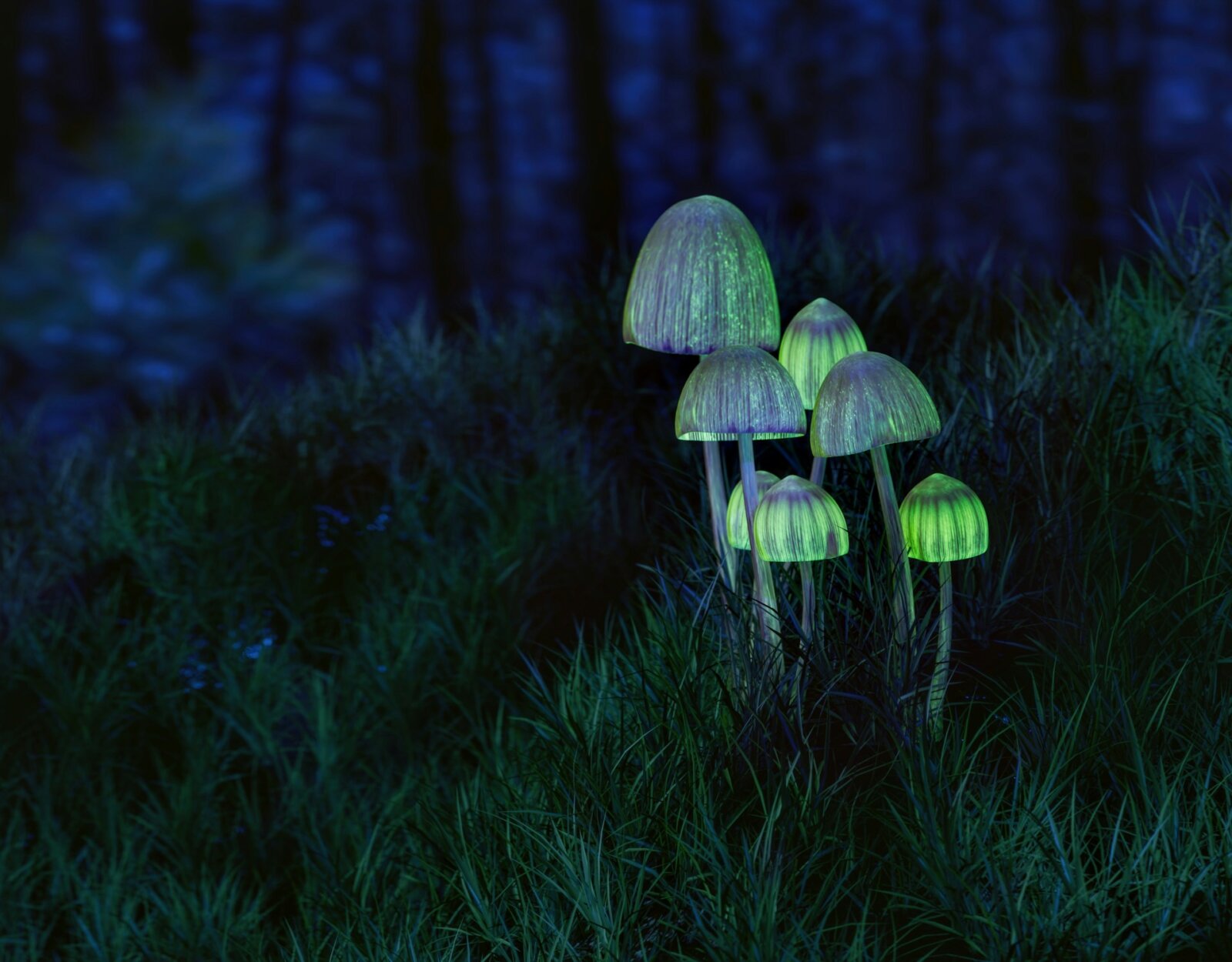
News & Updates
Updates from the Institute
Biomimicry Institute Launches their Inaugural Co-Lab focused on Buildings, Cities & Infrastructure
Biomimicry Institute Launches their Inaugural Co-Lab focused on Buildings, Cities & Infrastructure aimed to catalyze sector-wide shift toward nature-positive solutions.

What is the Hive All About, Anyway? Meet the Manager, Lily Urmann.
The Hive is an online community platform and knowledge hub for biomimicry, designed to bring together the global movement in one place to interact, engage, and support each other as we continue in our own…

Biomimetic Insights From Maya Medicine
We as humans are part of a complex, fractal whole––the world within us balanced among the same points of reference as the world outside.

Investing in the Ingredients of Change: Reflections on The Economist Impact’s Sustainability Week US
Attending The Economist’s 6th Annual Sustainability week was a genuine pleasure, one that gave me hope and things to think about all at the same time.There’s something deeply gratifying about stepping into a room where…

Upcoming events
Welcome to Jurassic Plants with Riley Black
Beneath the feet, above the heads, and deep in the bellies of the dinosaurs––there were plants. And those plants shaped dinosaurs, early mammals, and the prehistoric world itself in profound and astounding ways. Join bestselling,…

